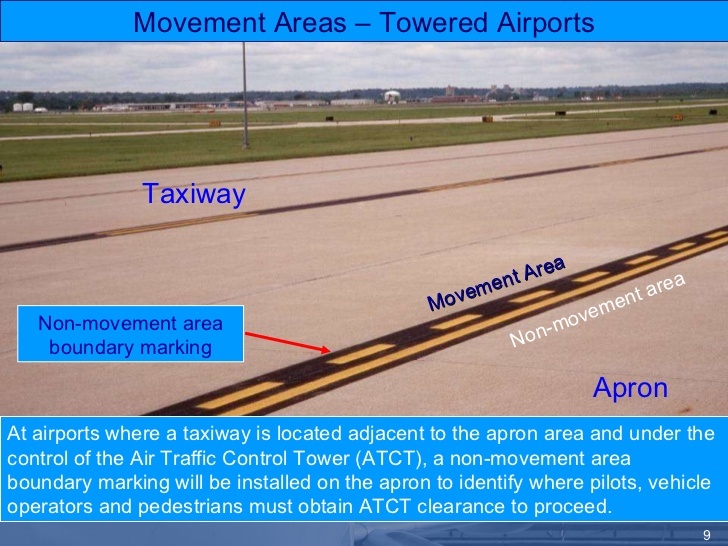Martin wrote:
But that means I can’t see engine instruments, annunciators, anything if the plane has G1000 or similar. Frankly, I think it’s a bad joke if a modern box really can’t take it.
On a C172 with G1000, the PFD and one of the avionics/computer boxes are powered from a separate bus during engine start. That bus is connected to the standby battery and isolated from the main electric bus. So you can see all the engine instruments etc.
@Airborne_Again Starting an engine from a separate battery is an obvious solution if this is a concern. Point was, if you have an integrated system, it will be at least partly on. You won’t turn it off, even if you could.
Similar to eddsPeter, I have a BNC on my panel connected to a spare Comm antenna which I can use for ground clearances and in an emergency.
Can anyone give a reason why a start-up request is required in the first place?
Has the tower ever refused a startup request to anyone’s knowledge?
C210_Flyer wrote:
Has the tower ever refused a startup request to anyone’s knowledge?
Good question, not to me (thats why I skip this request) but after startup I wait 30 Minutes for Taxi. Usless when nobody knows how it should work :-)
Has the tower ever refused a startup request to anyone’s knowledge?
Not IME, but IME you will get a bollocking if you start up, at an airport where they expect you to ask for a startup clearance.
I suppose the purpose of the start-up clearance is first of all flow control, (pre-)departure planning and sequencing. For those of us who operate small airplanes at small airfields it probably has very little incidence, other than ticking a few boxes and triggering some activities in the ATC organisation like printing the strip, passing it to a controller…
If you want to be bored to tears, you can read this 
Maybe our EuroGA ATC subject matter expert @Guillaume could provide us with some clues?
C210_Flyer wrote:
Has the tower ever refused a startup request to anyone’s knowledge?
I’ve been asked once to stand by when I asked for start-up clearance. I then got it a few minutes later. I have no idea why.
C210_Flyer wrote:
Can anyone give a reason why a start-up request is required in the first place?
I would think the basic idea is to prevent unnecessary idling. You don’t want to waste fuel and they don’t want the associated noise.
Aviathor wrote:
I suppose the purpose of the start-up clearance is first of all flow control, (pre-)departure planning and sequencing. For those of us who operate small airplanes at small airfields it probably has very little incidence, other than ticking a few boxes and triggering some activities in the ATC organisation like printing the strip, passing it to a controller…
This is exactly what Aviathor wrote.
The airport surface is divided in two parts :
The maneuvering area
The apron (also known as trafic area in europe)

In France, the boundary between the two areas is made of a single full white line.
ATC does provide control services on the maneuvering area but not on the apron.
The airport manager is in charge of the apron.
When you are requesting startup, you are likely to be on the apron. So ATC is not competent to give you engine start-up clearance.
ATC can only give you advices or a reminder of the local apron rules at the very best (provided ATC know such rules).
So, when you are requesting the IFR startup, it’s mostly to check FPL validity, flow control…
On the apron, engine startup is YOUR responsability.